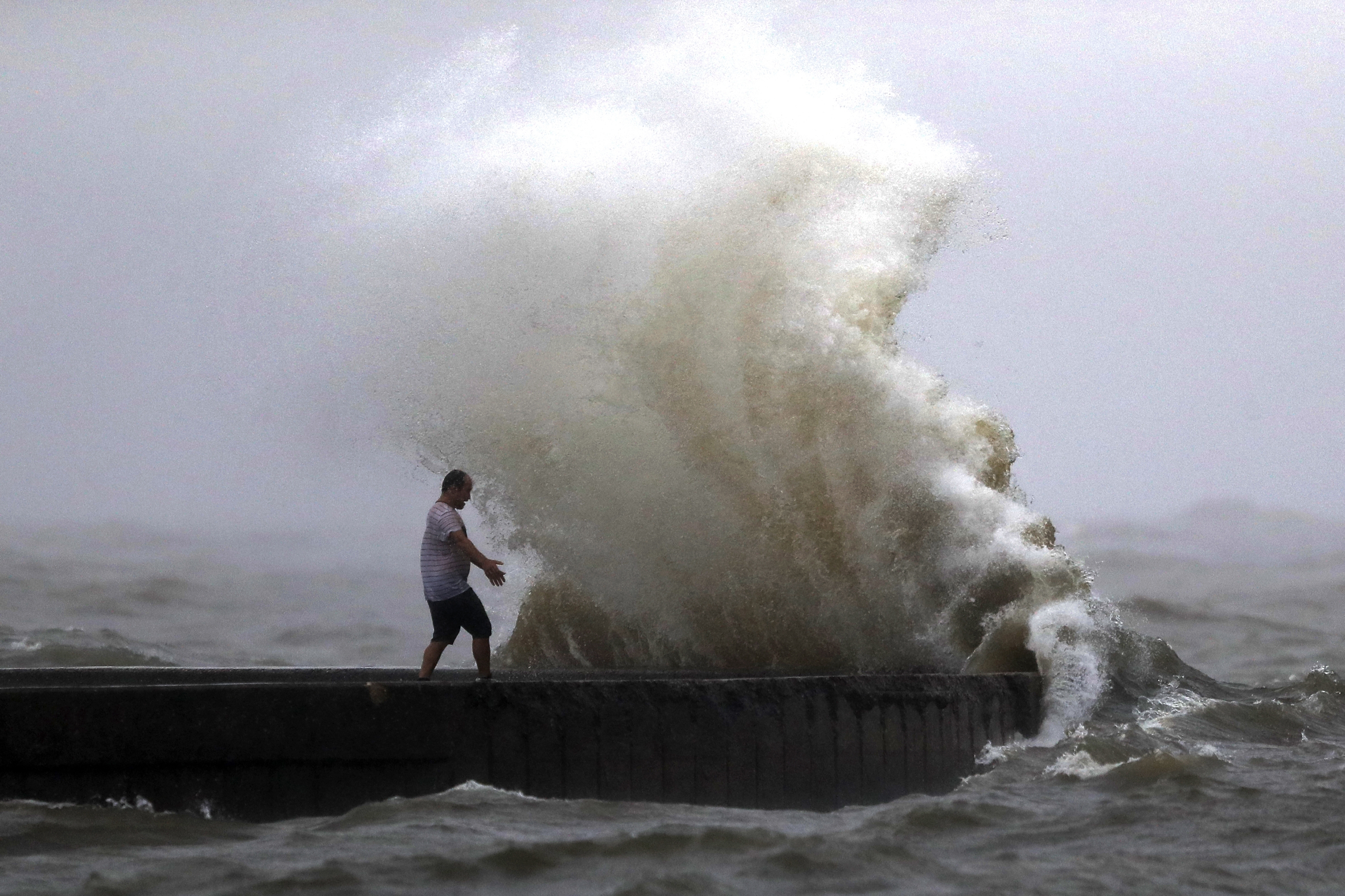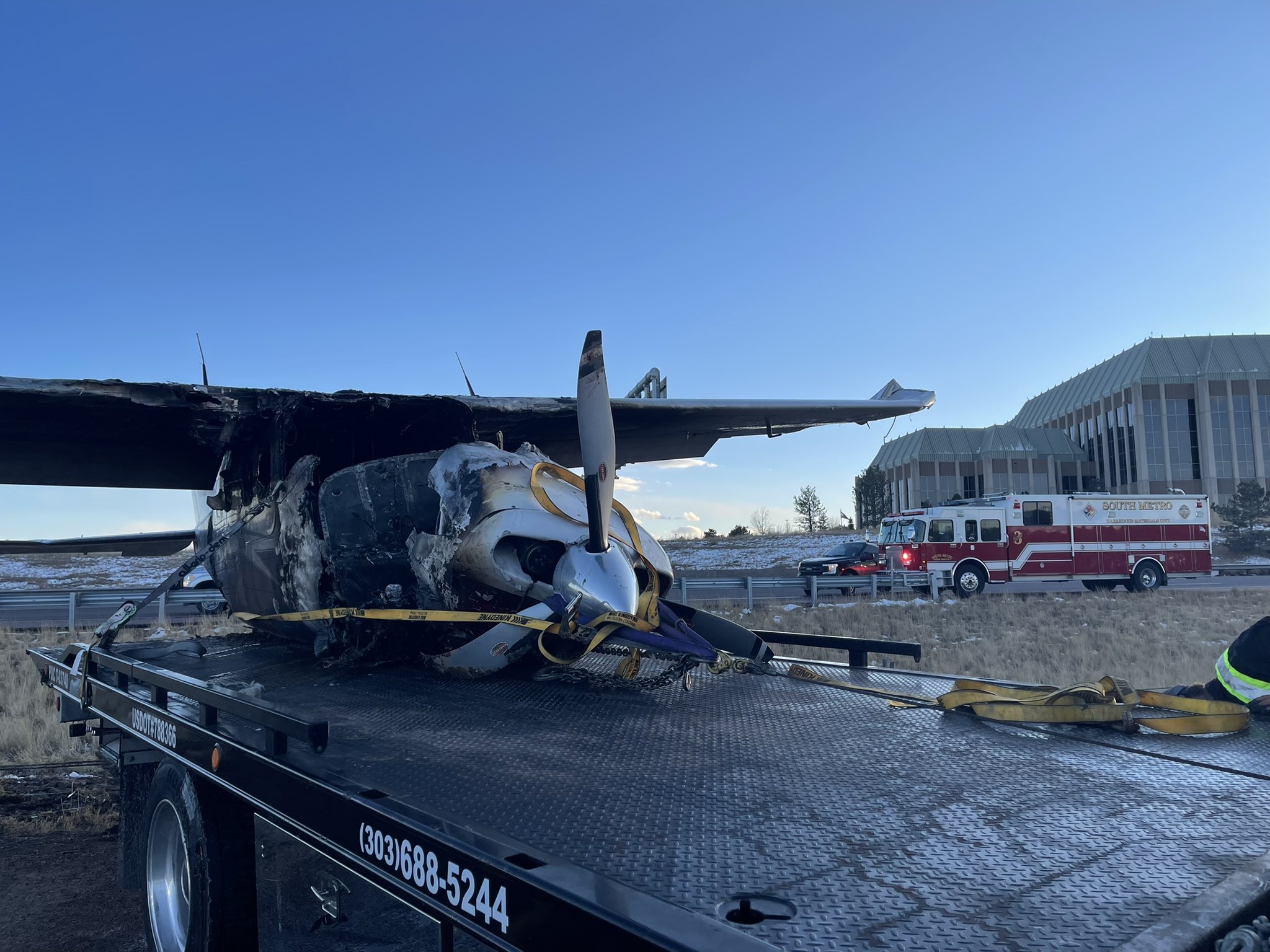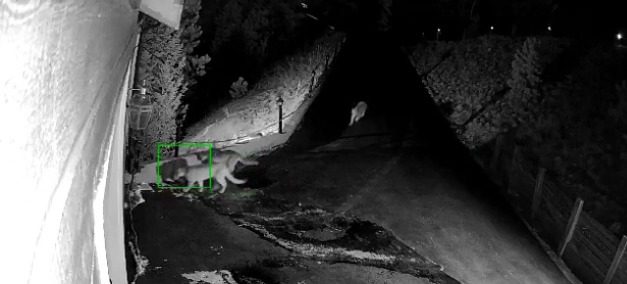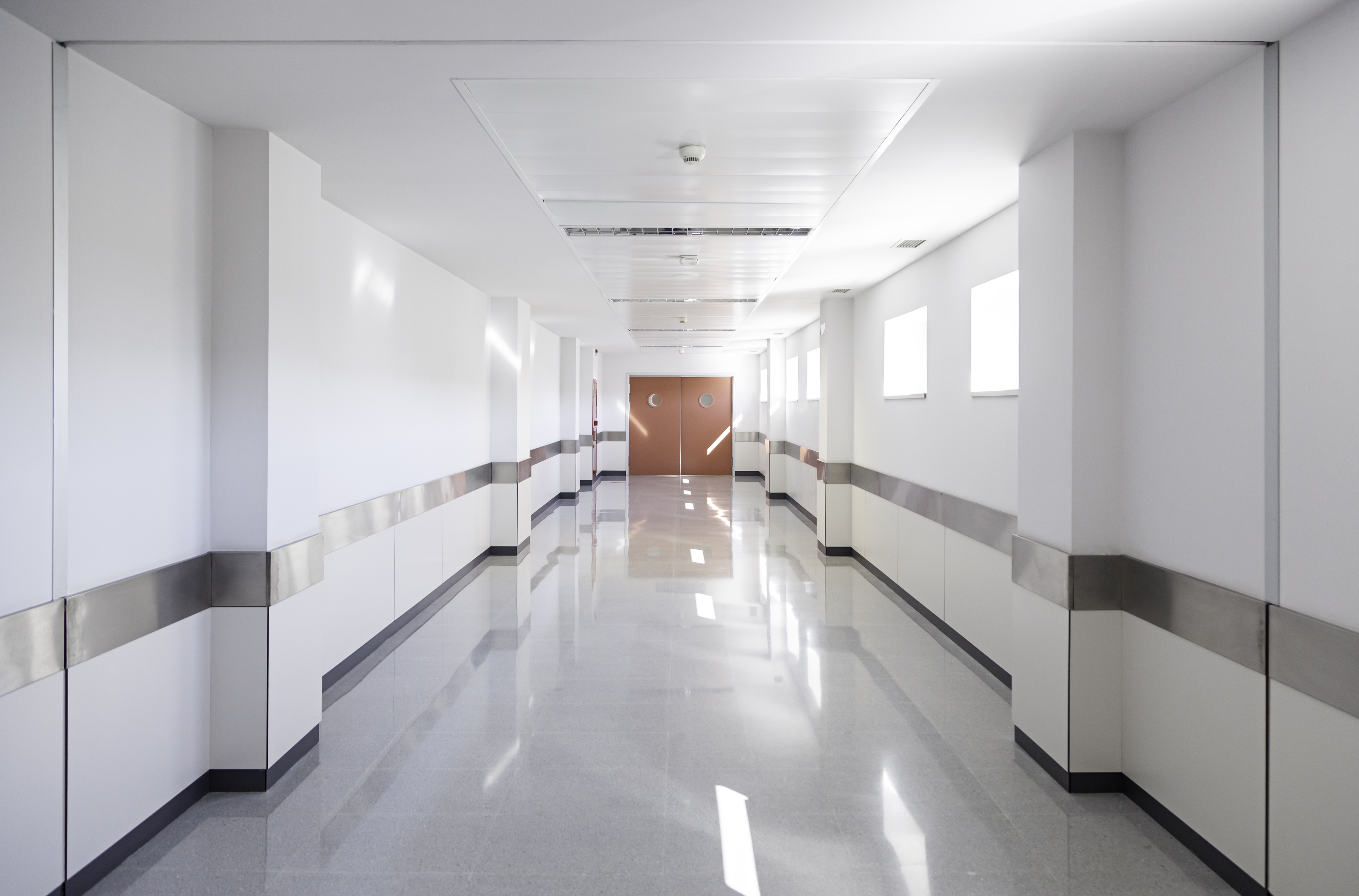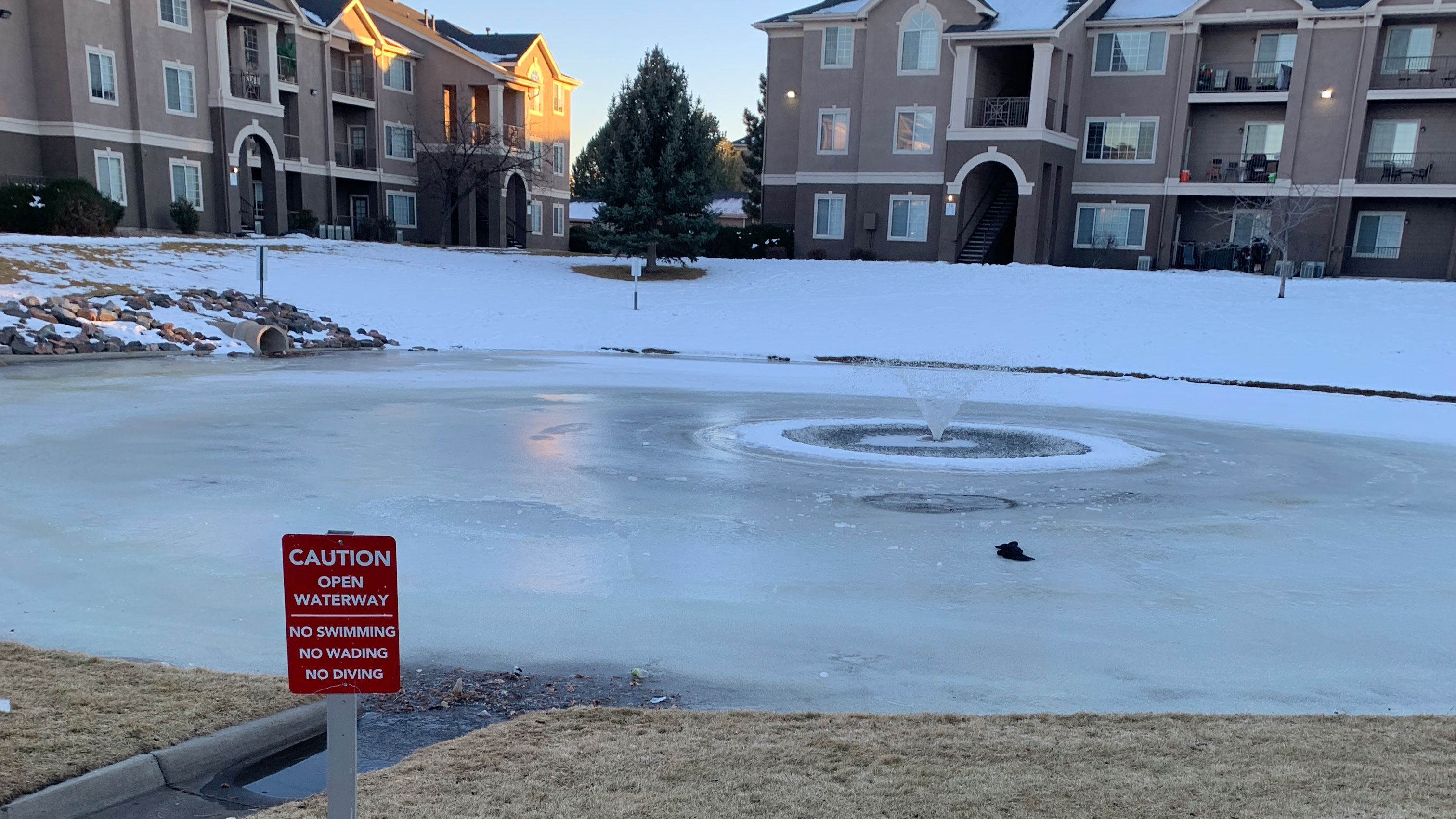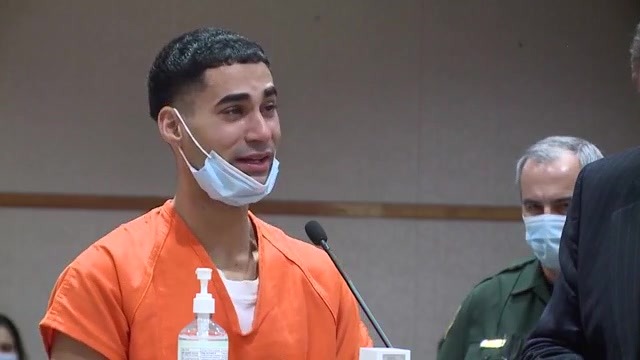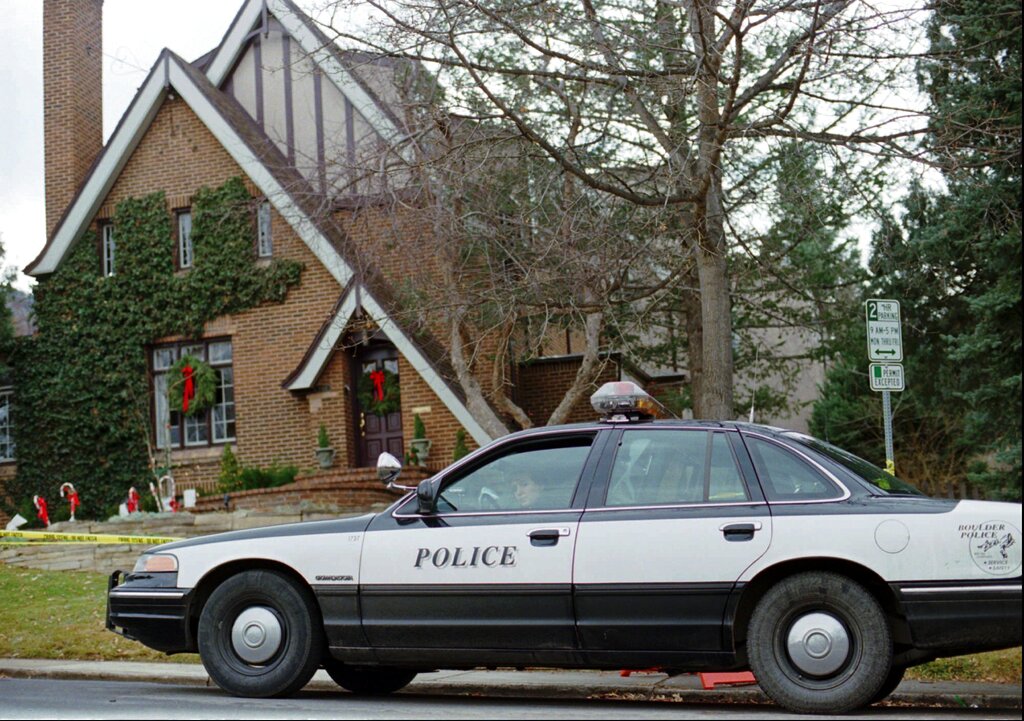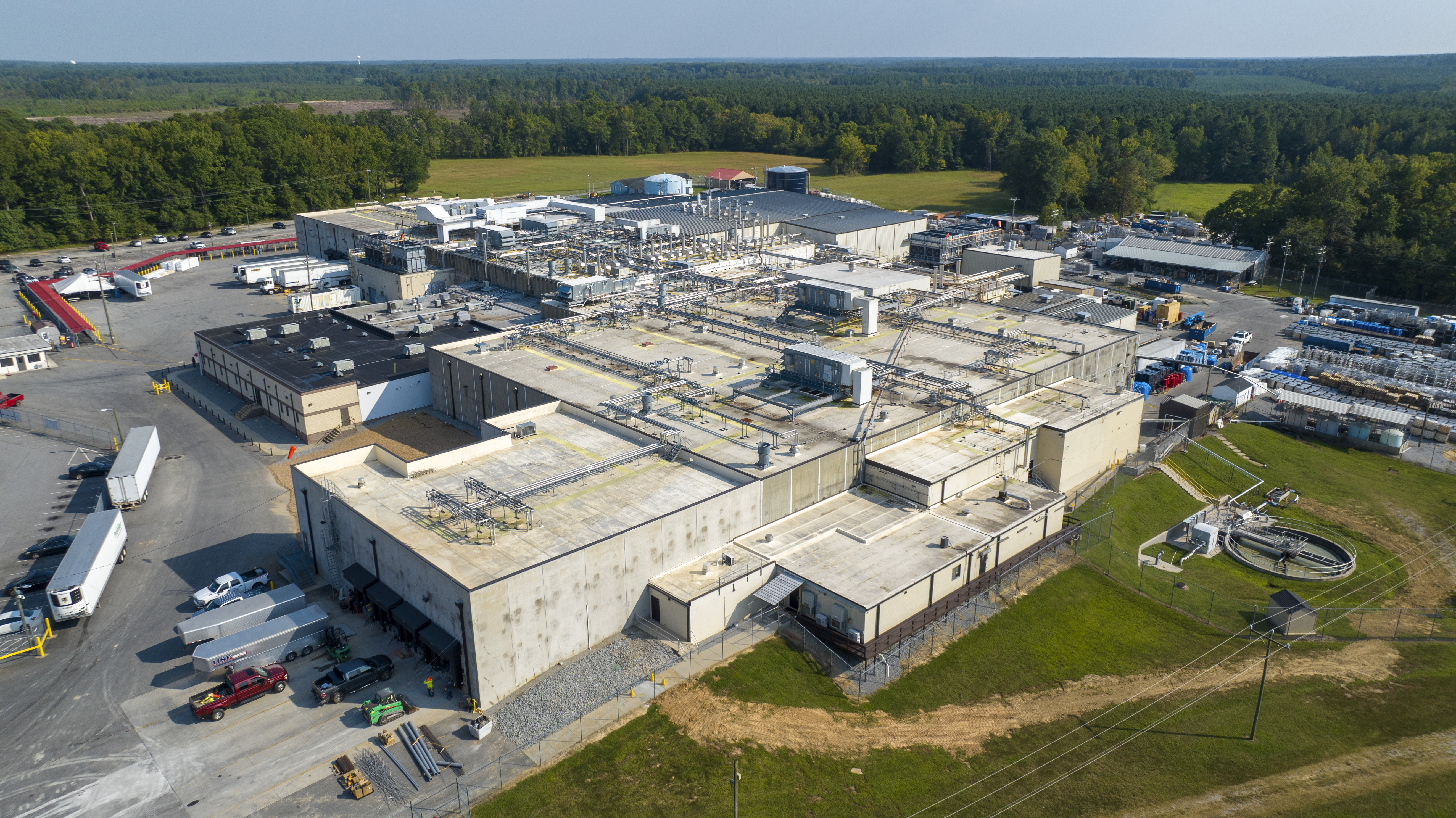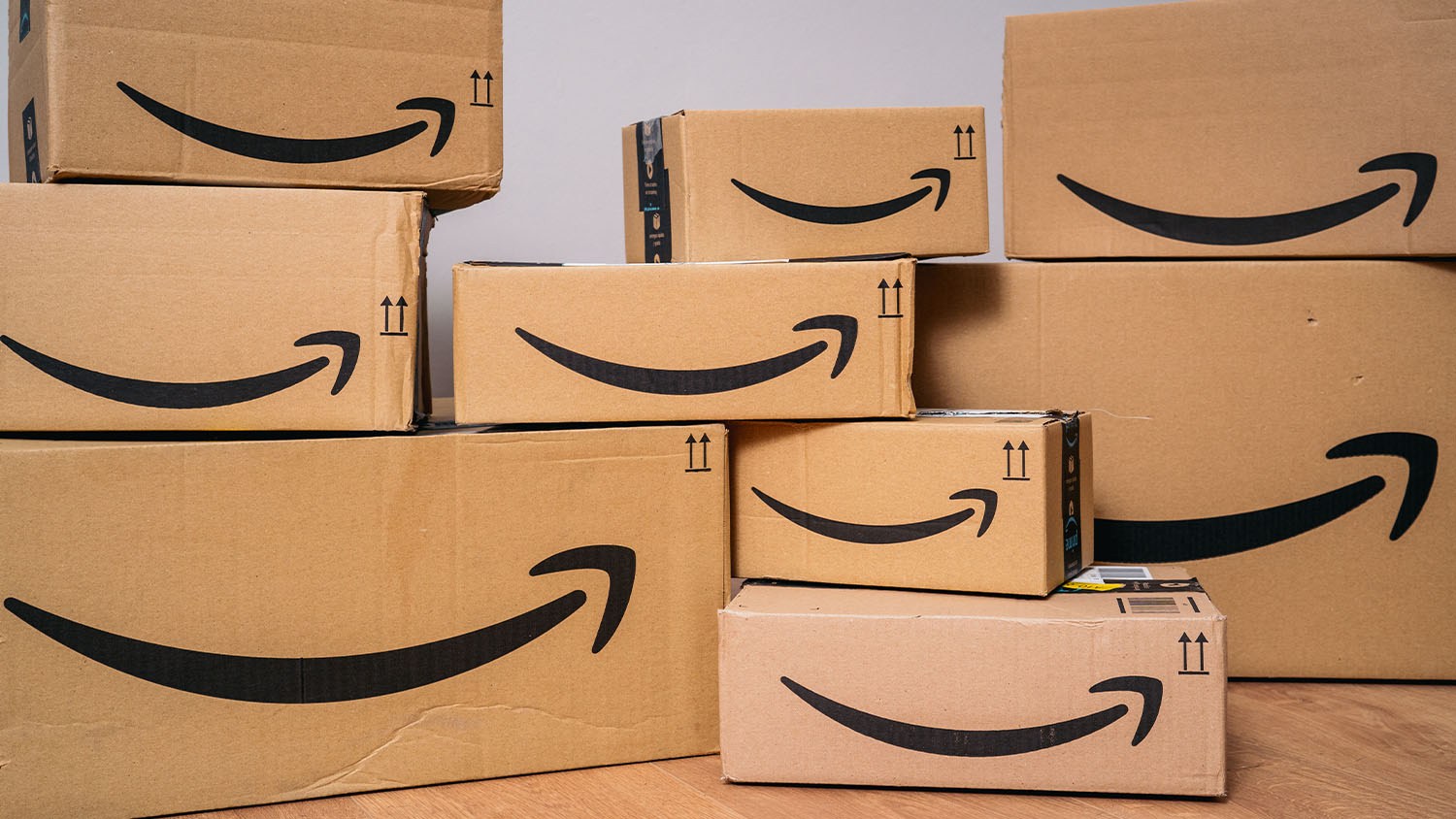VIRGINIA BEACH, Va. (WAVY) — With most students scheduled to return to in-person classes this school year, districts are spending extra money to make sure the air in those classrooms keeps moving.
Scientists have come to the agreement that COVID-19 is spread primarily from person to person through droplets. In turn, the Environmental Protection Agency (EPA) recommends schools direct a room’s airflow so that it does not blow directly from one person to another, which reduces the potential spread of those droplets that may contain the virus.
In a webinar recently hosted by the EPA, Dr. Joseph Allen, director of Harvard’s Healthy Buildings program, noted that small aerosols, with the potential to carry infectious viruses can stick around in a room between 30 minutes to up to two hours until they are removed out of the air by ventilation or removed by filtration.
“With masking and good air exchange and ventilation, you can quickly reduce exposure by over 90%,” Allen said.
But what exactly does “good” air exchange mean?
Per, Allen it’s all about how many air exchanges or changes there are per hour. He recommends four to six.
“We have to dilute the aerosols indoors through ventilation or clean them out through filtration,” Allen said.
The easiest way to do this is to maximize the amount of outdoor air that is coming into the room, according to Allen. This can occur through HVAC system management or the more traditional method of opening windows.
But to provide an extra layer of protection, many districts are choosing to purchase stand-alone air purifier filters.
In Virginia Beach, 500 EnviroKlenz High Efficiency Particulate Air (HEPA) filters are expected to be in place for the first day of school, according to Jack Freeman, chief operations officer for Virginia Beach City Public Schools.
“The portable HEPA filters with UVC capability, we are going to put those into our clinics, into our isolation rooms … and then into each of our classrooms as an additional layer of mitigation for this year,” Freeman said. “This unit when on high at a space about this size will do two air exchanges an hour.”
The machines, which can run with nearly no noticeable noise in classrooms, take air in, filters it through a HEPA filter and puts it back out.
“There’s also an additional UVC system in there and essentially what that UVC does is kills off any germs that might be in the system,” Freeman.
The 500 units cost the district roughly $1.5 million, per Freeman. They were paid using money set aside for COVID-19 relief and more are on the way.
However, Freeman stressed they are only a part of the district’s mitigation strategies.
“There’s constant work that’s being done to maintain and upgrade our HVAC systems,” Freeman said. “Increase dampeners as much as possible to be able to allow external air to get into the building. There’s a balance with that. To make sure the humidity level doesn’t get too high in the buildings.”
HVAC systems are also being started earlier in the day and they are run longer at night to increase airflow.
One mitigation effort Freeman said is being left behind from the previous year, is plexiglass barriers on desks.
Their effectiveness had already been called into question in recent months, and Allen said they don’t help airflow.
“You put up plexiglass everywhere and you don’t really know what’s happening with the airflow anymore,” Allen said. “So it’s nice to see the CDC pull back on that as well. Plexiglass is really not an evidence-based strategy either.”
Freeman explained some mitigation measures are subject to change as the school year begins. With more children testing positive for COVID-19, all schools must be ready to adapt.
“We’re going to monitor and see how we’re doing and if the virus is spreading in our schools,” Freeman said.
For more on the EPA’s indoor air quality guidance click HERE.
Download the WAVY News App to keep up with the latest news, weather and sports from WAVY-TV 10. Available in both the Apple and Google Play stores.
